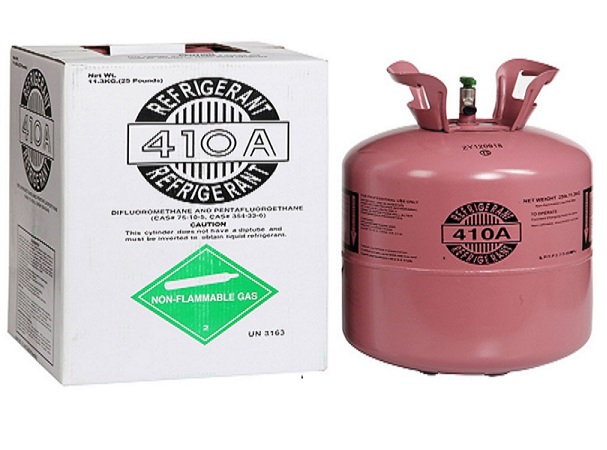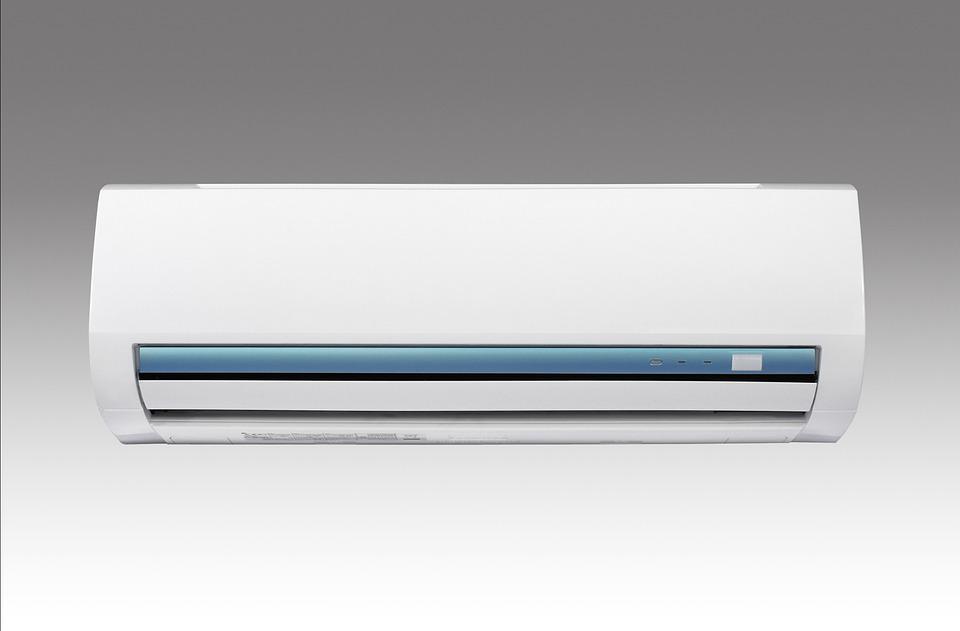China to Increase New Heat Pump Heating (Cooling) Areas by 10 M m2
Recently, the National Government Offices Administration, the National Development and Reform Commission, the Ministry of Finance, and the Ministry of Ecology and the Environment have jointly released the ‘Implementation Scheme of Carrying out, in an In-depth Way, Public Institution of Green Low Carbon Pioneering Actions to Promote to Reduce Carbon Peak Emission’.
The Scheme encourages several methods including: applying clean energies, such as air-to-water (ATW), water-source, ground-source heat pumps and electric boilers, to replace burning coal, fuel oil, or gas boilers; improving refrigeration systems, gradually replacing absorption direct-burning air conditioners with electric air conditioners, reducing direct carbon emission; promoting the utilization of solar energy, geothermal energy, biomass energy and heat pump technologies, addressing demands on building heating and life hot water supply, and increasing heat pump heating (cooling) area by 10 million m2 by 2025. All of these methods will work together to create the green high-efficiency refrigeration initiative which will be further strengthened by the focus on air conditioner system energy savings due to retrofit, strengthening of smart management, control and operation optimization, proper setting of indoor temperatures and capitalization of technologies using natural cooling sources and fresh air recycling. This will require optimizing energy consumption equipment control strategies such as air conditioners, elevators, and lighting, to achieve smart monitoring and energy consumption pre-alert and enhancing the overall energy utilization efficiency; to encourage the application of high-density integration highly efficient IT equipment, high-efficiency refrigeration systems such as liquid cooling, and the adoption of natural cooling as the refrigeration method of choice.
The R-410A phasedown is on its way, are you ready for it?
The HVACR industry is on the cusp of yet another refrigerant phasedown. R-410A is scheduled for elimination from all new systems in 2023. Many HVACR contractors are not prepared for the change, and there are many questions. Here are some answers.
Why January 2023?
The effort to lower the use of HFCs on a global level is being driven by the Kigali amendment, which calls for a phase down in prescriptive steps. The U.S. has efforts underway at the federal level to pass legislation to phase down the use of HFC’s through the AIM Act. California has proposed regulation at the state level that would prohibit the use of refrigerants greater than 750 GW, including R-410A in new air conditioning equipment.
How will the phaseout will affect daily operations?
Equipment designed for A2L refrigerants will likely have new embedded sensors and controls; management of proliferation of refrigerant options will be needed; there will be a need to comply with storage and transportation requirements of refrigerant, systems and components; and business owners will need to ensure the safety of its who are employees handling the refrigerants (service and install) along with potentially having to provide an explanation of the system changes to the end users.
In relation to inventory plans, why is it not as simple as recovering and recycling, and then making sure they have enough R410A on hand for service needs?
Historically, refrigerant transitions have led to an increased push for replacement ahead of the transition and an increased replacement market post-transition. This can be caused by increased cost of systems and the unknowns of the new refrigerant. There will likely be two refrigerants replacing R-410A: R-32 and R-454B. This could cause distributors/wholesalers to specify certain brands based on which refrigerant they prefer. In some states, we might see a requirement for the use of reclaim refrigerant for service.
What is the status of building code modifications, which will be required to use a mildly flammable refrigerant?
These modifications are underway. To date, only non-toxic, non-flammable refrigerants have been permitted in high probability, direct expansion (DX) systems for both residential and commercial use. Product safety and application standards have been developed for the safe use of these newer mildly flammable refrigerants, but model and building codes need to be modified to permit their use.
There was an effort to modify the model codes (ICC and IAPMO) during the 2021 code cycle; however, the publication of the safety standards did not occur with enough time for all stakeholders to review and evaluate the limitations and safety mitigations required. As a result, the proposal to add mildly flammable refrigerants into the model codes was voted down and is now being considered for the 2024 code cycle.
At the state level, Washington has adopted UL 60335-2-40 3rd edition and ASHRAE 15 2019 edition into their state building codes. These are the revised safety standards that address the use of A2L fluids in new equipment. Additional states may be looking to Washington as an example, or they could follow the more traditional approach of waiting for the model codes to be updated and then adopting those into their state and local codes.
What are the best resources for information, including training?
Industry organizations provide a number of resources to help contractors navigate these changes, including AHRI and NATE. AHRI organized the Safe Refrigerant Transition Task Force to evaluate the safe commercialization of low-GWP refrigerants and share learnings with the industry. From a training standpoint, it is imperative for technicians to prepare with NATE training and certification so they can install and service systems that meet new efficiency and refrigerant regulations with confidence.
Chinese Air Conditioner Production Volume Grows Slightly in May
According to the China National Bureau of Statistics, room air conditioners (RACs) reached a production volume of 21.829 million units in May, 2022, rising by 0.1% year on year; while the first five months of 2022 saw the cumulative production volume of RACs come to 99.335 million units, falling by 0.8% cumulatively.
For more information, please visit: https://www.ejarn.com/index.php
Post time: Sep-19-2022














